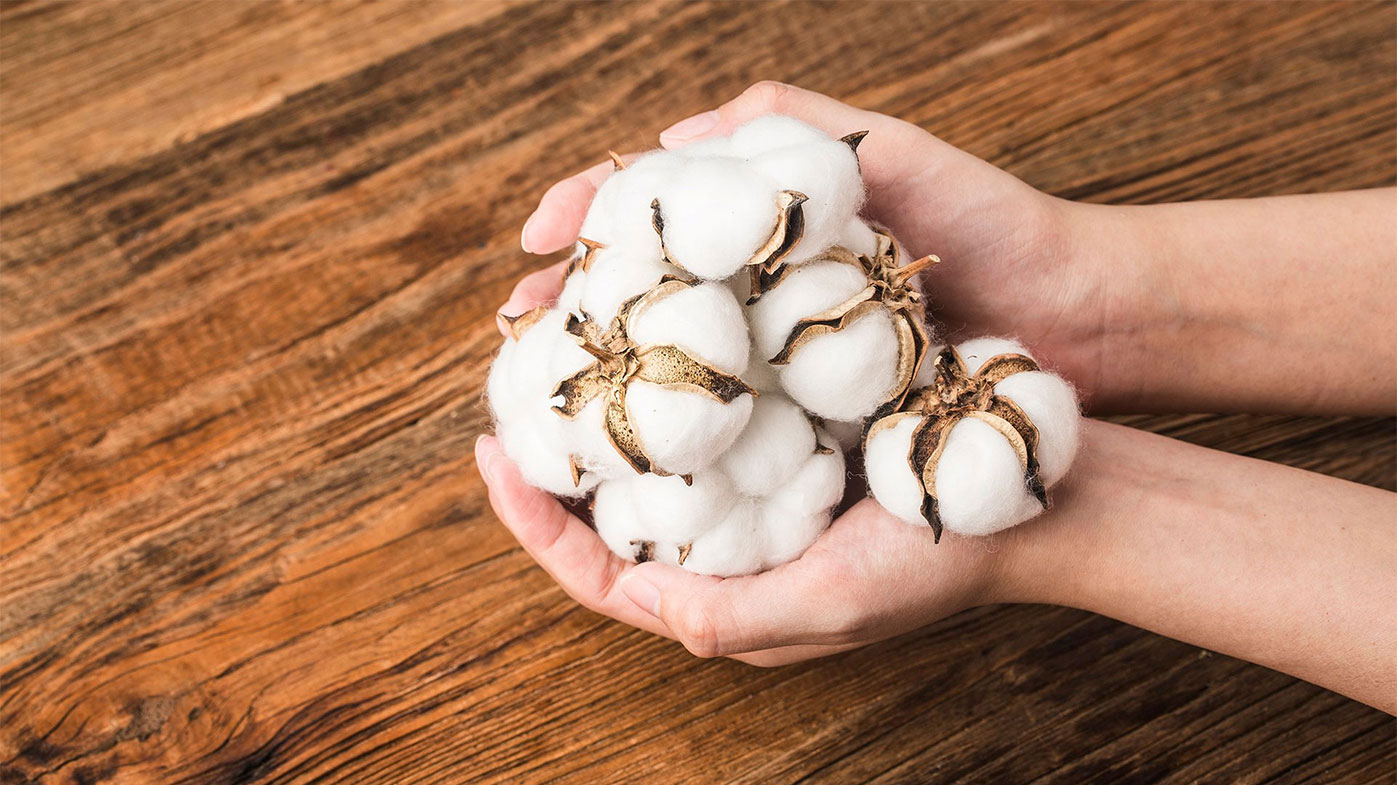
Feb 23, 2024
Run Forrest run! And boy, did he do his running.
The March contract ran to a high of 95.42 cents before giving up on its first notice day, giving way to the May futures contract as the spot month. Thus, the stage is set for May’s challenge of 96 cents. The pure technician suggests a run to 101 cents…which will not happen!
Certainly, that is a rather bold comment, and, with any luck, I will not be incorrect but rather just plain wrong. However, there are only a very, very few bales in grower hands and, truthfully, a lower price is needed to spur demand.
Absolutely the grower base always needs a higher price, but the last 6-to-8 cents has run off and completely left the already weak demand base – a known fact clearly suggesting that future cotton prices will have to suffer a few more demand woes before the market returns to equilibrium.
We still hold a 96-cent high but do note the charts can accommodate the above-mentioned 101 cent mark. Nevertheless, the speculators have hit the long side of cotton with as much gusto as I have ever seen, and they have more than considerable cash reserves to pump into the market. Yet, the market has turned into a speculator-only market.
The new crop December contract climbed to some 84.50 cents, failing to take out the 85-cent level but will likely do so within the next 30-40 days. Pricing models suggest 90 cents is in the works for the December contract. However, with an increase in planted acres, coupled with the significant demand woes that still face the market, the December contract may fall short of that. The 85-cent level should be viewed as the initial pricing level, either using put options or by price fixations.
The May contract will climb back to the March high above 95 cents, so it should be easy to make the 96-cent mark. Exceptionally staunch support will come in the form of speculative buying, declining world and U.S. stocks, and the required mill fixations. Remember, most of the northern hemisphere crop has already been sold. Thus, there are very few sellers in the old crop market. Again, this is a strong signal of support for current price levels.
New crop sellers are still very dominant, and this will keep a lid on the new crop December in the 84-86 cents price range. Once Mother Nature plays her hand, the new crop will break higher or lower. However, the fact that old crop supplies are near a historic low, exceptional weather will be necessary to break new crop prices lower. The statistical bet is for higher prices in the new crop December market.
Additionally, mills have waited too long to do their pricing and will now have to pay the piper. Given the extreme tightness in world exportable supplies (especially in the U.S.) and coupled with the elevated level of mill fixations yet to be made (buying futures), mills will be trading on the side of speculators – an exceedingly demanding situation for mills as they will be chasing the market higher. This “chasing” may be strong enough to blow my 96-cent high estimate out of the water and push prices closer to the magic dollar. Too, this “chasing” will pull the new crop December contract up to 85 cent level.
Economic woes continue as a major market demand limitation. Real mortgage rates are at a historic high. Remember, the “real rate” is the actual rate adjusted for inflation. Inflation will continue to be a major battle as impressive “new job” numbers often used by politicians, once adjusted for massive job losses in the private sector, are massively bloated by new government jobs. That is, the only job growth in the U.S. comes from the explosion in government jobs. Private sector jobs are in a free fall.
The market has “lived” off the government nearly as long as possible. Thus, inflation remains, and real interest rates will be terribly slow to decline. The earliest one should expect a small rate drop by the Fed is in May.
Consider new crop price protection either with put options or price fixations. This consideration is based on increased plantings and the fact that many growers – if Mother Nature cooperates – will “push” the new crop via the increased use of inputs in hope of a significant increase in yield.
Give a gift of cotton today.
